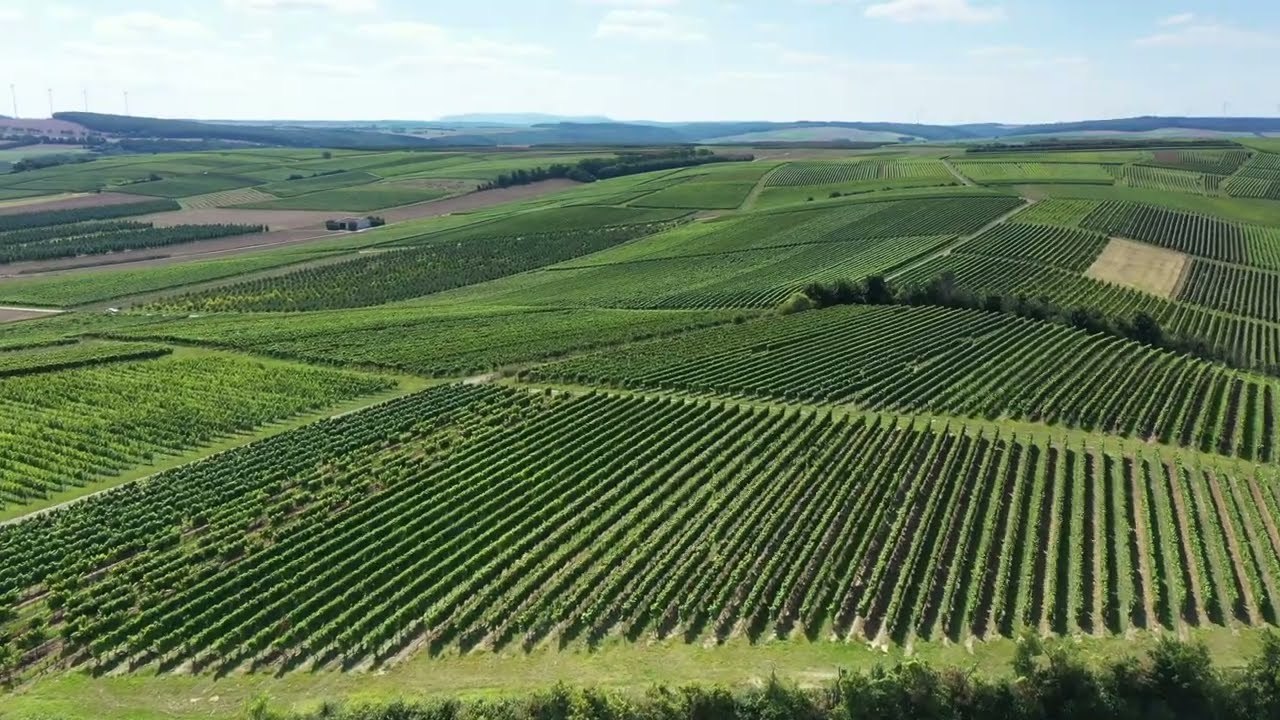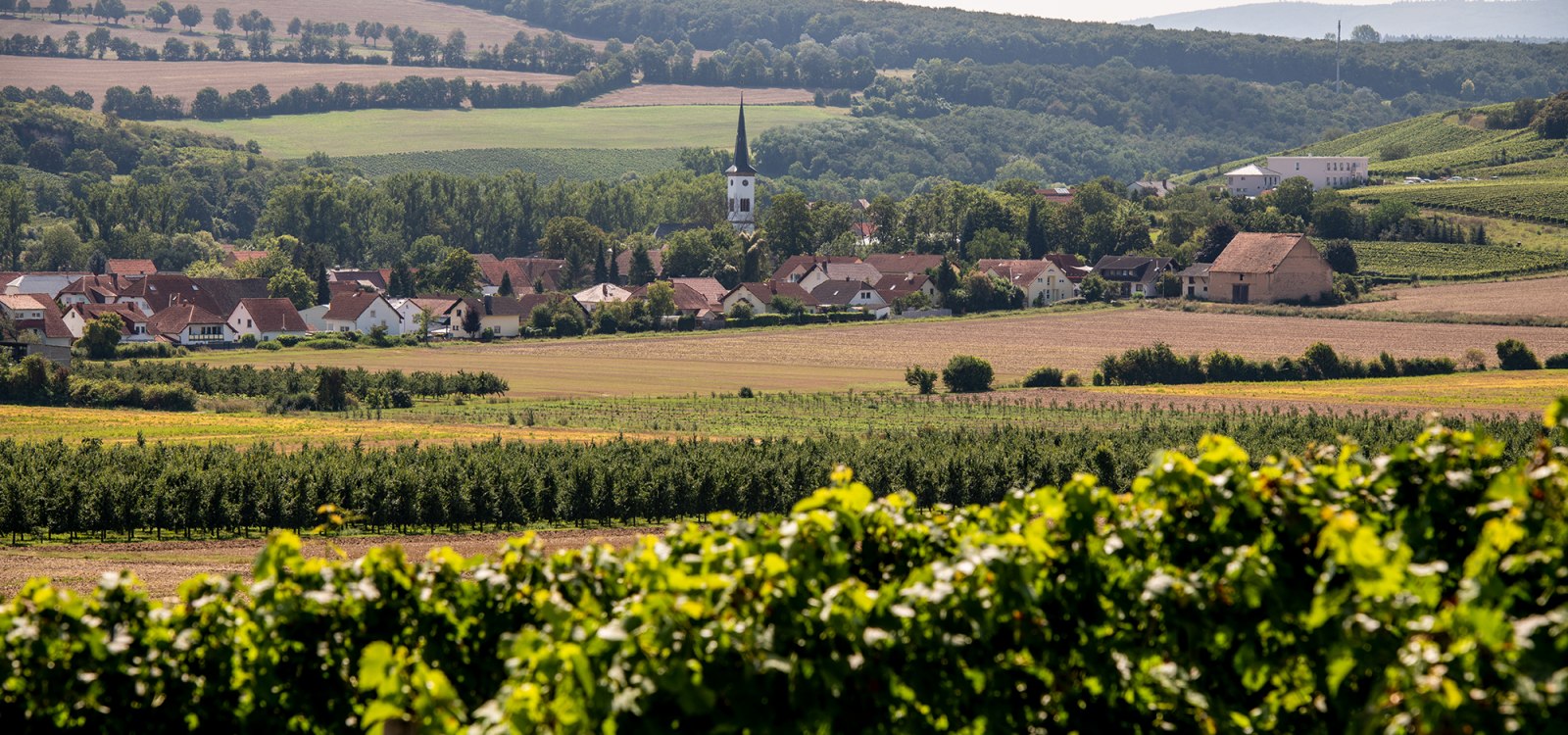Flonheimer Binger Berg
Of mountains, seas and grape varieties
There are more than 30 kilometres between the village of Flonheim - in the middle of Rheinhessen - and the town of Bingen directly by the river Rhein. There are two possible interpretations of where the name comes from: The name could refer to the ownership of the Bingen Spital in the 14th century. Or a geological explanation: the Binger Berg - as we call it today - was formed over 30 million years ago. At that time, large parts of Rheinhessen were flooded by the primeval sea and one of the surf reefs ran along the northern side of today's Flonheim. A wide variety of grape varieties grow here in the clay marl with up to 40% lime content.
> To the further single vineyard of Flonheim: Rotenpfad.
> Discover the replica of the underwater world with shells, corals and oysters in the Flonheim local museum. https://blog.rheinhessen.de/geologie-top-5-in-rheinhessen/














